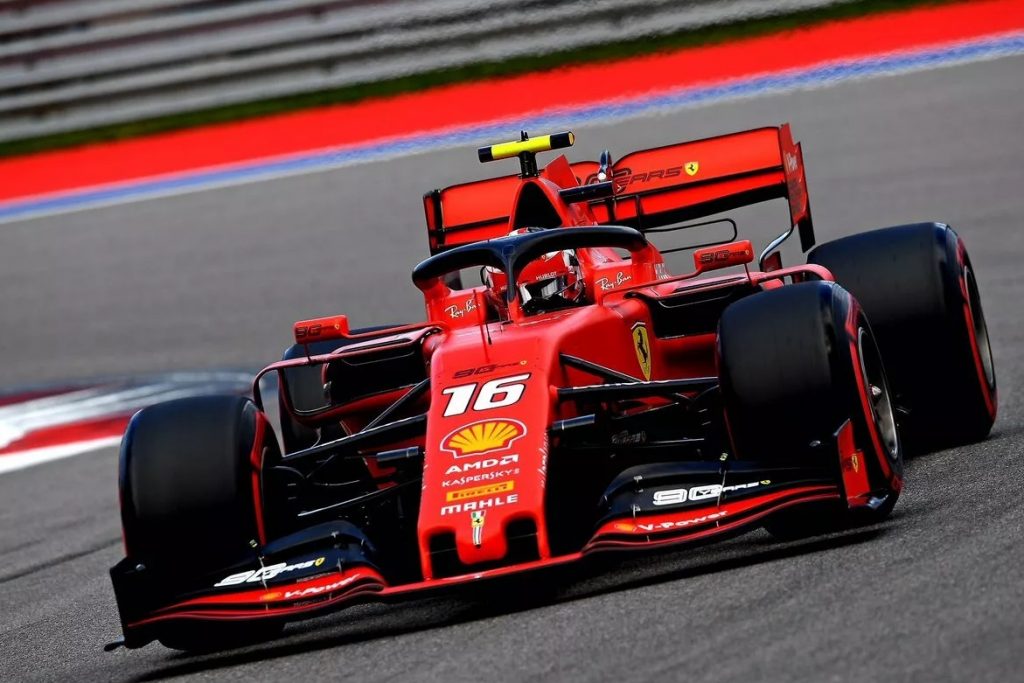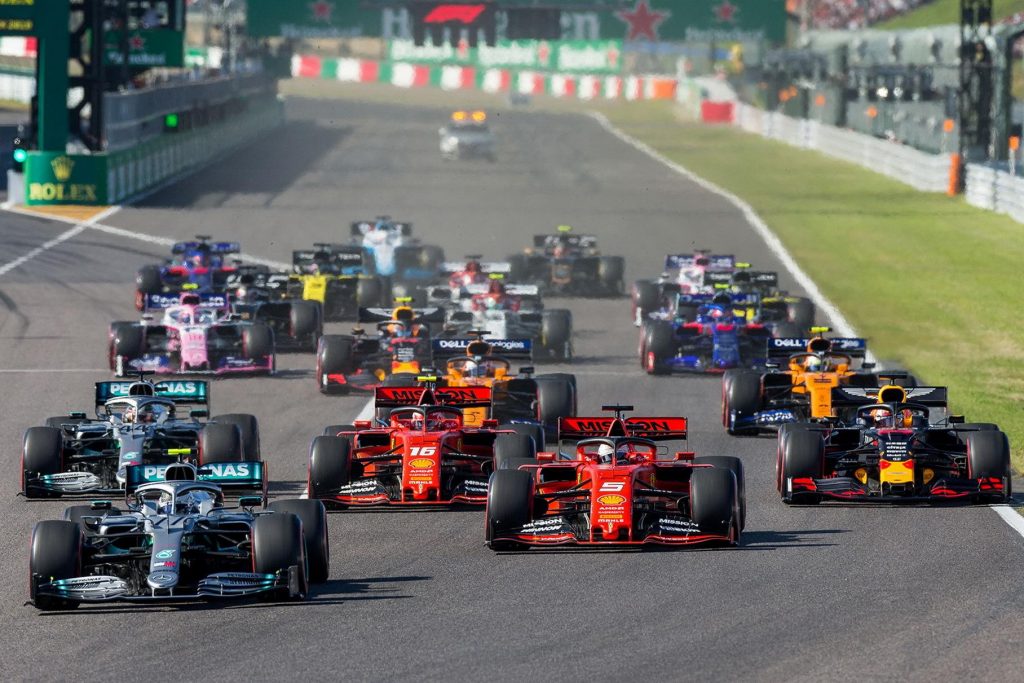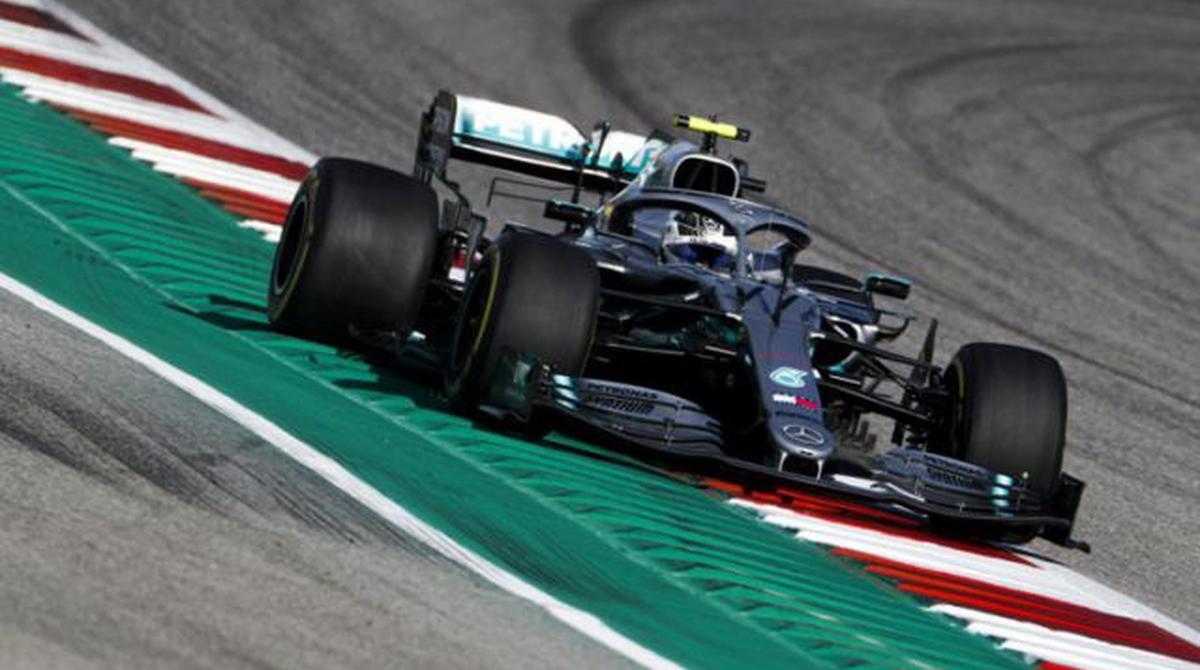The main factors affecting the result of racing with open-wheel cars are the weather conditions, the strategy is chosen by the participant, the safety car, problems at the start or during pit stops, mechanical failures, collisions of racing cars, pilots mistakes. In addition, you should always remember that some cars are at their best on some tracks (high-speed), while others (slower) may be slightly inferior. Also, almost every driver has its strong and weak tracks.
What to look for before placing a bet
Before placing a bet on the outcome of the World Championship auto racing, you should consider the following points:
- information about the track and possible “special relationships” between drivers/teams and tracks (both positive and negative);
- training and qualifying information;
- interviews with management, owners and drivers, their confidence and focus on winning, and updates (particularly on car upgrades and tactics used during the race);
- The weather forecast, because the weather conditions ultimately have a big impact on the outcome of the race, and simply put, the rain confuses everything and it becomes almost impossible to predict anything.
Who is better: the team or the pilot?

What does winning a championship or a particular stage depend on the skill and behavior of the driver or the technical characteristics of the car? Unfortunately, nowadays the result is much more dependent on the car than the driver. Strong teams have in their ranks experienced drivers who usually do not make many mistakes during the race, so the fastest car wins the championship.
According to the rules, the teams involved in each stage of the two pilots, so any participant who has a good car should try to get ahead of his partner, seeing him as a competitor. Also, if a driver has got a slow car, the only goal for him becomes to get ahead of his partner, as it is the only driver on the track, who is also unlucky with the car.
Free Races
Before qualifying and Sunday’s race, so-called free runs are held for three sessions. Their results are used by bookmakers to set odds. During free rides, the tactics of participants may be different: some will drive half the force in free mode, while others will fill up less fuel and try to “puff up”. Thus, according to the results of free laps, bookmakers will determine and change the chances, the teams will pay attention not to the time but to the condition of the car, and you can get the income.
Qualifying or race

The most popular type of betting is on qualifying because the bettor does not have to worry about the drivers’ chosen strategy, problems and malfunctions at the start or pit stops, collisions, the safety car, and the features of the cars, just like during the race. During qualifying, weather conditions are much easier to predict and the chances of a car having mechanical problems are much lower.
Betting patterns
There are many different types of bets on Formula One, the most common of which are:
- winner (in qualifying and the race) – bet on the first driver to reach the finish line. To predict the winner, you have to determine the fastest team and then determine its fastest driver. This is often difficult to do due to the many factors that can jeopardize your bet, so it is generally advisable to avoid this type of betting in most cases;
- Number of finishers (in the race) – the number of participants in the race who can get to the finish line without going off track. The odds offered by bookmakers usually depend on the weather conditions (the higher the humidity, the more likely it is that most drivers will not be able to finish). Also the luck of the racer has some influence on this bet;
- podium – whether or not a driver will make it to the top three;
- safety car (in the race) – whether or not the safety car used in adverse weather conditions or after accidents on the track will make it out of the race;
- fastest lap – the name of the racer who will be able to show the fastest time in one lap;
- will finish – will not finish the race – whether the rider will be able to reach the finish line;
- gap distance – the distance between the first and second finishers;
- point area – possible top 8 pilots determined by the results of the race;
- which driver will be the first to leave the race;
- how many cars will not complete the first lap;
- which of the constructors will be the first to leave the race;



